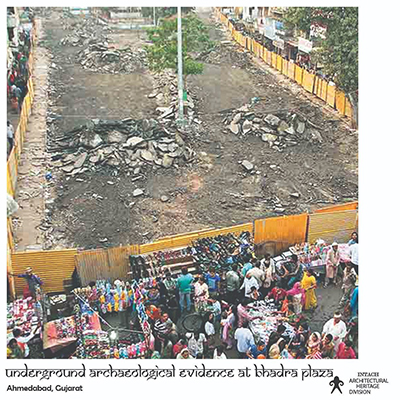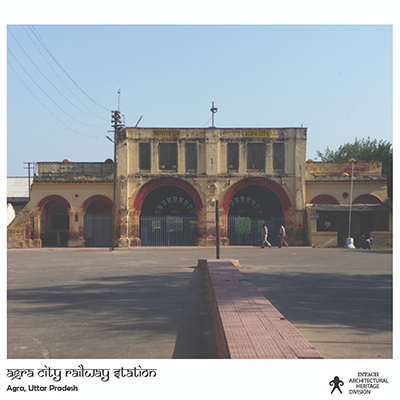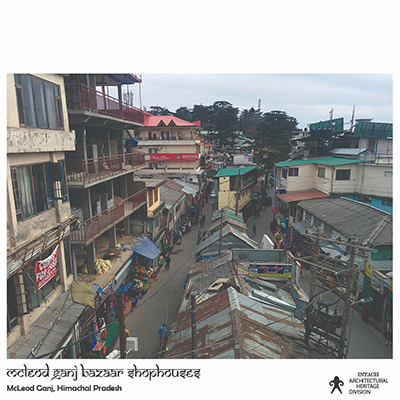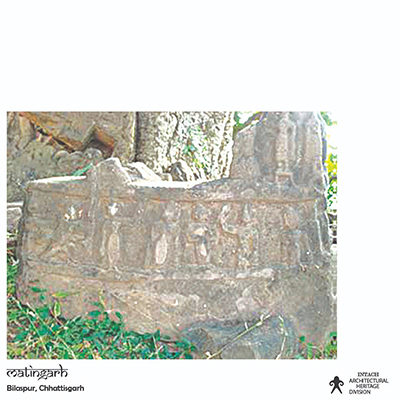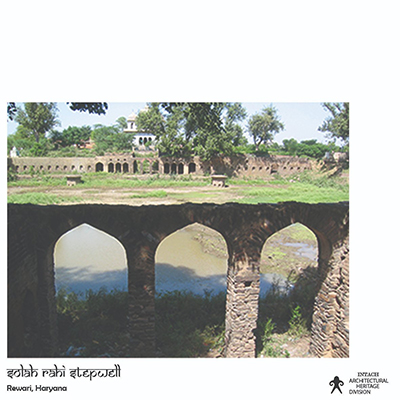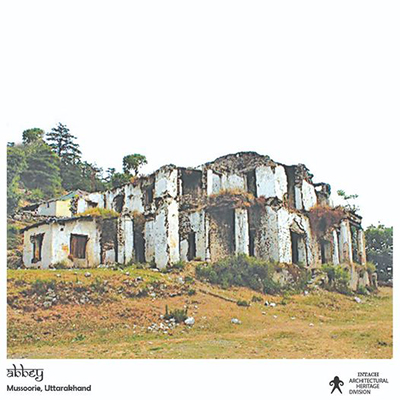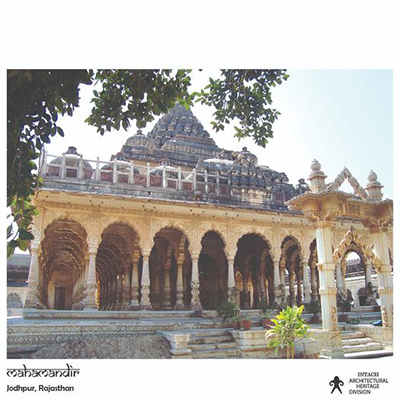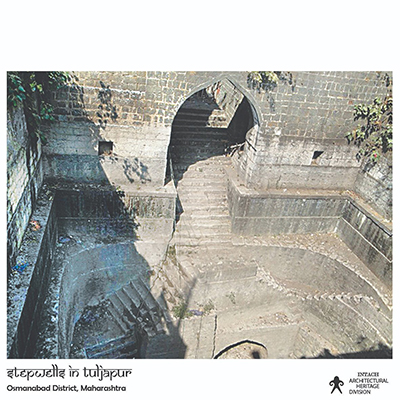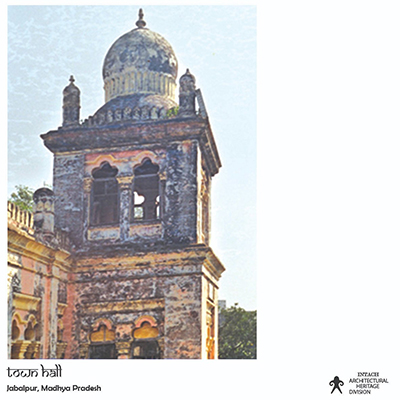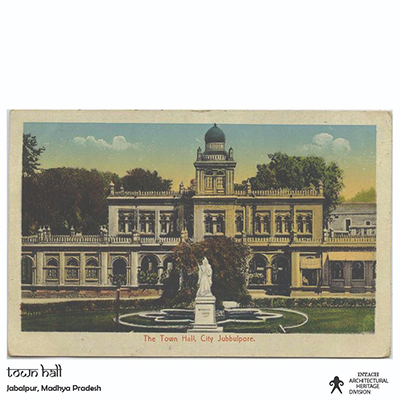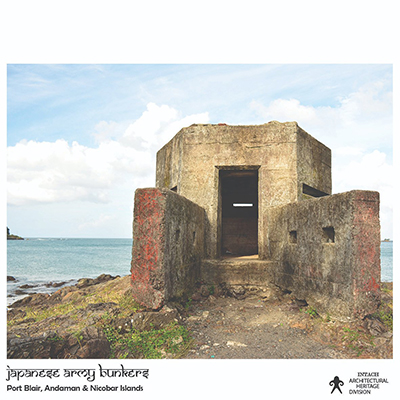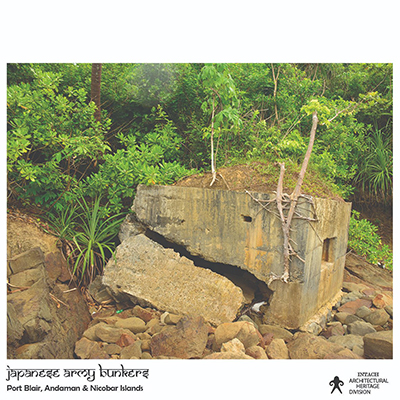H@R 288/365 McLeod Ganj Bazaar Shophouses McLeod Ganj, Himachal Pradesh
H@R 288/365
McLeod Ganj Bazaar Shophouses McLeod Ganj, Himachal Pradesh
Largely destroyed by the 1905 earthquake, the Bazaar was rebuilt using wooden, cross-braced framed structures, with light infill walls, largely single-storeyed, with sloping corrugated GI or wooden planks/shingle roofs. It is therefore essential to conserve or adaptively reuse the few resilient examples that are still surviving.
One of the most urgent challenges is the ongoing, largely unauthorized, construction of large-scale, multistorey, poorly engineered, hazardous buildings that is rampant in all sections of this Hill Station located in Seismic Zone V, constituting a threat to the lives of residents and visitors as well being detrimental in terms of environmental quality. This situation is particularly serious in relation to the various heritage areas provided for in the notified Development Plan for Dharamshala. Most of the surviving unprotected heritage resources of Forsytheganj, McLeodganj and Upper Dharamshala are at risk of demolition and replacement by new construction.
